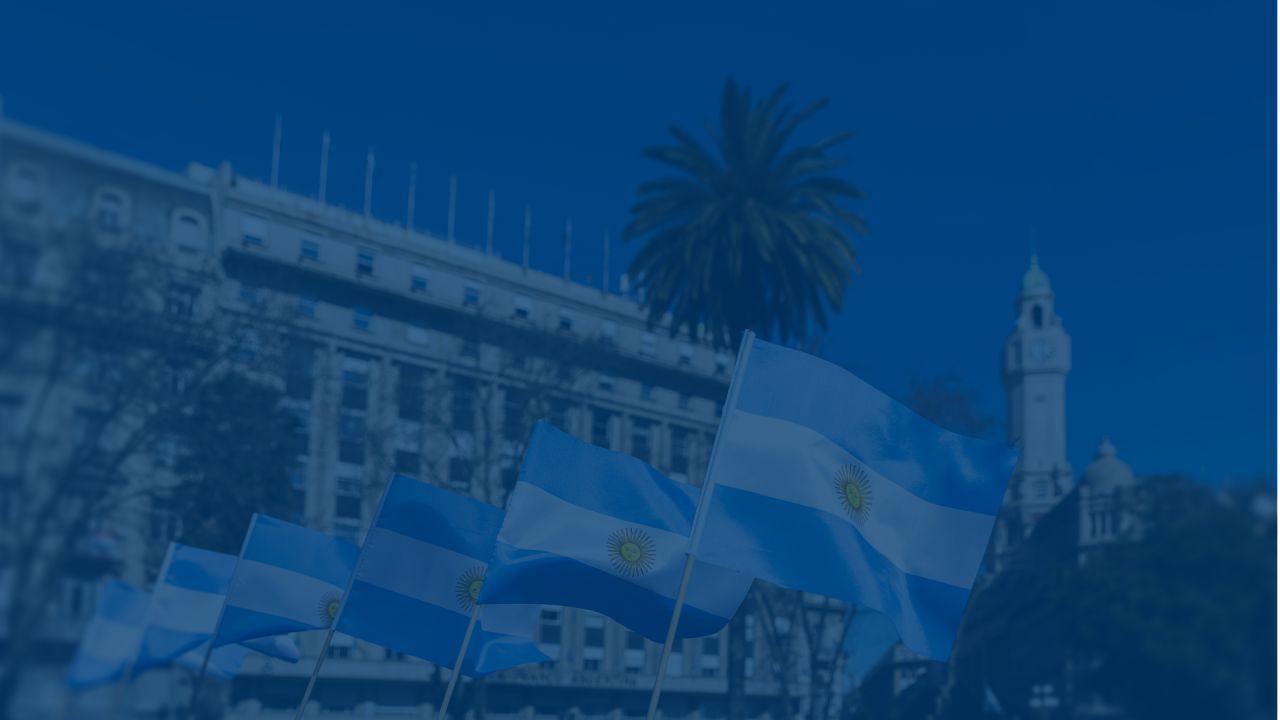6 Key Considerations for Patent Filing in Argentina


As Latin America’s third-largest economy and a growing center for innovation in biotechnology and agriculture, Argentina remains a strategic market for international patent filers.
However, patent filing in Argentina differs from many other jurisdictions: it’s not a member of the Patent Cooperation Treaty (PCT). This means the only way to file a patent in Argentina is via the Paris Convention, also known as direct national filing.
For patent professionals accustomed to the efficiencies of the PCT system, Argentina presents a unique set of timing, translation, and formal requirements. This guide outlines six essential points to help you navigate Argentina’s patent requirements and avoid common missteps that can lead to delays or added costs.
1. Plan Early or Risk Losing Protection
Since Argentina is not a PCT member, Paris Convention filing is the only option. This makes timing critical: the deadline to file in Argentina is 12 months from the earliest priority date. Missing this window means losing the opportunity entirely.
To mitigate that risk, IP teams should identify Argentina as a target jurisdiction early in the patent filing strategy. Aligning with a trusted local agent and/or IP services provider ahead of time can help avoid last-minute scrambles and reduce the risk of errors under pressure.
2. What is Required at the 12-Month Deadline?
At the 12-month deadline, only the Spanish title and abstract are required to meet the minimum translation requirements for filing in Argentina. The rest of the application may be filed in English initially. There is a 10-working-day grace period from the date of filing to then submit the full Spanish translation of the non-provisional application, commonly referred to as the 12-month application.
Importantly, this grace period starts from the date of filing, not the 12-month deadline. If you're relying on the grace period, be aware of the sworn translation requirements detailed below.
3. When Are Sworn Translations Required – and for Which Applications?
In Argentina, a sworn translation is a certified translation performed by a government-authorized translator. Their signature and seal give the document legal standing for use in patent filings, courts, and other formal proceedings.
Argentina has specific rules regarding when sworn translations are required. Getting these right is essential to staying compliant and avoiding costly rework.
- If the Spanish translation of the non-provisional application is filed before the 12-month deadline, a sworn translation is not required.
- Using the 10-day grace period? A sworn translation of the non-provisional application is required.
- A sworn translation of the provisional application (priority document) is always required.
The sworn Spanish translation of the provisional application should be submitted at the time of filing the non-provisional application. However, filing the sworn translation of the provisional application is possible within three months from the filing date of the non-provisional application.
Pro Tip: Work with a partner that leverages translation memory (TM)—a database of previously translated content—to enhance consistency and eliminate redundancies. Translate the non-provisional application first, update the TM, and then apply it to the provisional translation to save time and cost.
Even better? With slight localization, your Spanish translation for Argentina can be repurposed across other jurisdictions—such as Mexico, Chile, and Peru—at the 30-month deadline, and for EP validations in Spain. A well-managed Spanish translation can support your global filing strategy across the entire patent lifecycle.
4. Confirm Order When Swearing Translations
Inaccurate document ordering can result in delays or rejections. Confirm the required format with your local agent or IP services provider ahead of time. A commonly accepted order includes:
- Specification
- Sequence Listing (if applicable)
- Claims
- Abstract
- Drawings
Each English document should be followed by its Spanish counterpart. Certified pages of the provisional application usually don’t need translation unless specifically requested by the applicant’s agent.
5. Be Ready for Last-Minute Changes
Patent filing in Argentina is often time-sensitive—especially around the 12-month deadline and its 10-day grace period. These projects frequently involve last-minute updates due to strategy shifts, documentation changes, or translation needs.
Maintain control by:
- Clearly tracking document versions
- Updating translations consistently via translation memory
- Ensuring transparent, real-time communication
Even small oversights—like an overlooked source revision—can require redoing a sworn translation, resulting in unnecessary costs and delays. Coordinating closely with internal and external teams (particularly on sworn documents) can help prevent filing disruptions and ensure Argentina patent requirements are fully met.
6. Don’t Let Formalities Derail Your Filing: Key Requirements to Track
Argentina’s patent filing process includes specific formalities that, if overlooked, can cause significant setbacks:
- Power of Attorney (POA): Must be submitted within 40 working days of the filing date. It must be notarized and legalized—either through an Apostille or the Argentine consulate.
- Assignments: Only required if the applicant in Argentina differs from the one listed in the priority document. Must be notarized, apostilled (unless the person signing it is the inventor), and submitted within three months of filing.
- Request for Examination (RFE): Must be filed within 18 months of the Argentinian filing date. Missing this can lead to abandonment.
Final Thoughts
Navigating the Argentina patent filing process can seem complex and confusing. It demands familiarity with local practices, strong collaboration with local agents, and strict adherence to national patent requirements.
With proper planning and the right partner, the process doesn’t have to be stressful. At TransPerfect IP, we combine global patent expertise, certified sworn translations, and technology-enabled IP translation services to help clients meet deadlines, control costs, and protect their IP—even under tight timelines.
Need guidance on sworn translations or filing strategy in Argentina? Talk to a global IP specialist today.